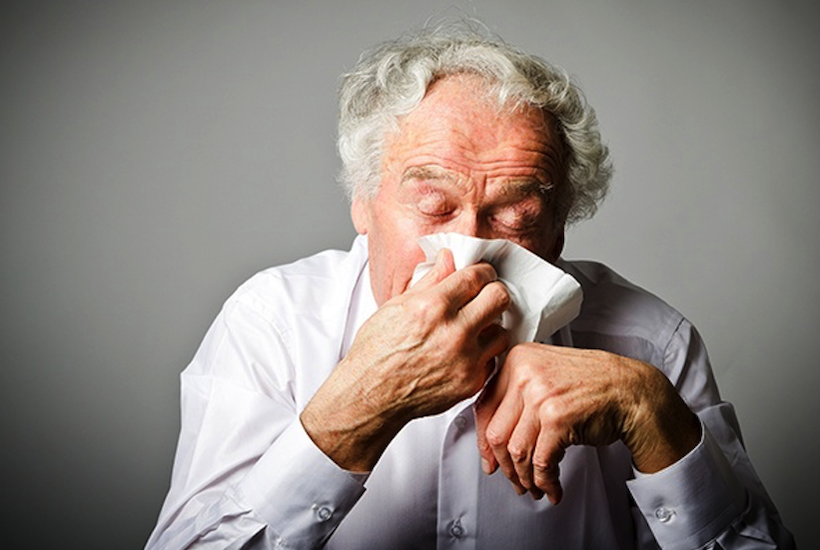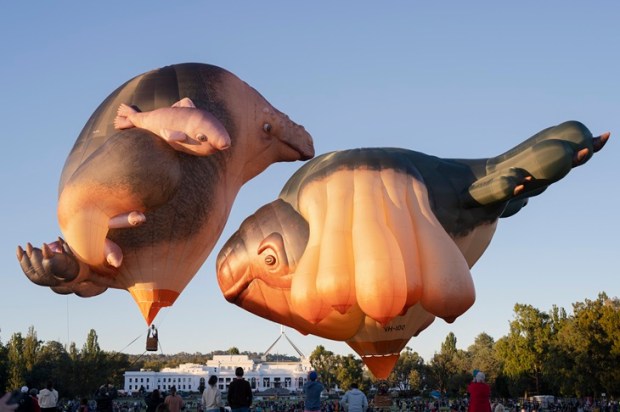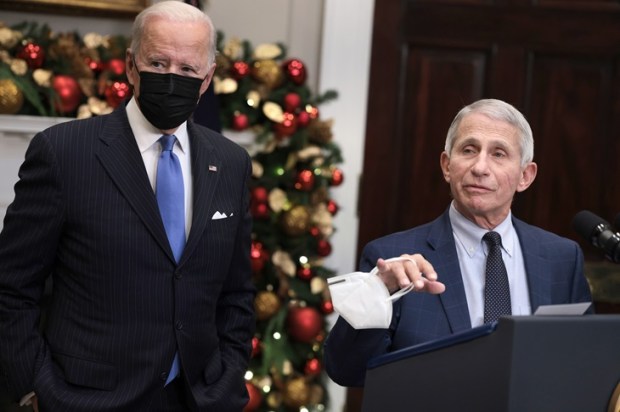We have become trapped in a political and media fear narrative that exaggerates the risks of COVID and creates highly emotional dramas around those contracting or spreading the virus. They have weaponised ignorance and many Australians have been captured – any information and evidence that runs counter to the current narrative is often ignored, suppressed, or mocked as conspiratorial.
To gain greater situational awareness, we need to better understand the context. In July 2019 there were 70,071 laboratory-confirmed cases of influenza (flu). That is an average of 2,260 cases a day. Based on the rate of flu cases to deaths of *0.5% there would have been 350 deaths just from the flu in July 2019, that averages 11 per day. In contrast, the average COVID deaths have been less than two a day over the last six and a half months.
In Australia, COVID is deadlier than the annual flu, with death rates per the number of confirmed cases recently creeping up to 1.6%. The COVID death rate in Qatar is only 0.16%, and Singapore is just 0.05%, both well below our flu death rate. We have bad flu years and good flu years, yet even in the real tough years we have stood firm and taken the blows. In 2010 there were only 13,459 flu cases with *67 deaths, but in 2019 there were 313,371 confirmed flu cases with *1,566 deaths.
In 2017 the combined flu and pneumonia deaths were 4,269 (just under 12 people a day) which was the ninth leading cause of death. The influenza virus is only detectable for a limited time but often leads to bacterial or viral pneumonia. While influenza numbers plummeted this year, pneumonia deaths spiked at the same time in March as COVID deaths. Are the spikes in pneumonia and COVID death numbers combined under the COVID total?
The COVID-19 and Flu context
|
|
COVID-19 virus |
Influenza (flu) virus |
|
Deaths worldwide |
Over 768,000 deaths – to date |
Up to 650,000 deaths annually |
|
Australian context |
|
|
|
Highest month for cases |
July 2020 – 10,724 cases |
July 2019 – 70,071 cases |
|
Deaths from high month |
Aug 2020 – 183 deaths to date |
July 2019 – *350 deaths |
|
Daily average of deaths |
1.8 death per day – to date |
4.3 deaths per day for 2019 |
|
Death rate – Australia |
*1.6% of confirmed cases |
*0.5% of confirmed cases |
|
Percentage contracting virus |
Data unclear at this point |
|
|
Asymptomatic cases |
About 75% of cases |
|
|
Children spread and get sick |
Rarely – spreading or getting sick |
Commonly – spread and get sick |
|
Child deaths |
None to date |
|
|
Impact on elderly and infirm |
96% of all deaths are 60 or older |
94% of all deaths are 65 or older |
|
Intensive care beds available |
2,229 ICU beds available in 2019 |
*Note: 0.5% death rate for confirmed cases of the flu is based off the 2016 and 2017 ABS statistics, and 1.6% death rate (up from 0.97%) for confirmed COVID-19 cases is from Aust Gov COVID-19 statistics. Figures accurate as of Sunday, August 16.
The forced wearing of face masks has become the latest divisive issue, because psychologically they reinforce two falsehoods, that the virus is so extreme governments need to take coercive measures against their citizens, and that wearing masks will effectively protect the community. As more studies are published about aerosol particle transmission it becomes clearer that unless you have a high end N95 type mask, then masks may only play a small part at best in reducing the transmission of the virus, but only if fitting, changing daily, disposing of correctly, and other hygiene protocols are followed – if they aren’t, then masks may actually be counter-productive:
[Surgical masks] do not provide protection against airborne (aerosol) particles” – July 2020 NSW Clinical Excellence Commission, Infection prevention and control application of PPE during COVID-19.
[S]tudies in the USA have shown benefits of various types of respirators and little to no protection from surgical masks. – Lancet July 2020
A Duke University study Aug 2020 says some masks may actually be worse than no mask because the droplets can be broken down into smaller particles that then circulate in the air for longer.
Then there are the eyes:
[T]he eye can be a source of both transmission and infection in asymptomatic/symptomatic carriers. – American Academy of Ophthalmology July 2020
Whether to lockdown or not is another contentious issue. There does not appear to be any clear evidence that one approach works better than the other within the states or countries that imposed a hard lockdown and those that just took some basic light touch measures. A Lancet study in July 2020 said, “government actions such as border closures, full lockdowns, and a high rate of COVID-19 testing were not associated with statistically significant reductions in the number of critical cases or overall mortality.”
Sweden did not lockdown and has done better than some neighbours and worse than others. In hindsight, they acknowledge they should have done significantly more to protect the elderly. Despite the shortcomings of their strategy Sweden should be congratulated for not bowing to sustained international pressure and criticism, or succumbing to the fear-mongering by global media outlets. They may now be getting close to the point of having herd immunity.
Just 13 people aged under 60 years old have died from COVID, 96% of all deaths are over 60. 224 of the 379 (59%) COVID deaths were either in aged care facilities or in-home care situations.
Governments need to be focusing their limited resources on the elderly and the vulnerable, not waste those vital assets on a thin but ineffective veil over everything. That this still hasn’t happened after six months is absolute negligence. We need to implement practical solutions that will help protect elderly Australians in aged care from all types of viruses, now and into the future;
- Retrofit aged care facilities and hospitals with UVC HEPA air-conditioning “…air disinfection with ultraviolet germicidal irradiation”, as The Lancet of 24 July 2020 suggested
- Incorporate greater use of the UVC germicide irradiation to kill viruses on all surfaces
- Greater access to areas that allow the sun to do its virus killing work, while naturally strengthening the immune system with increased vitamin D
- Enhanced virus control training of those working in the aged care sector
- Adopt structural and operational changes that allow vital family visits and social interactions while minimising virus transmissions
With a growing number of existential threats to our nation, we cannot afford to become some nervous Nellie cotton wool wrapped people that are unwilling to stand when things get tough. We cannot allow fear and anxiety to either drive or hinder our decision making. We should take a long look at Sweden, it stood against sustained global pressure and withering criticism, charting its own course, and sticking with it.
What will our next move be – hide behind masks while overreacting to every new outbreak, or open the economy and get on with life despite the inevitable spike in cases? If we cannot put COVID into its proper context we will continue to live in fear and be trapped in a cycle of actions that reinforce that fear.
Rod McGarvie is a former Coalition and minor party candidate.
Got something to add? Join the discussion and comment below.
Get 10 issues for just $10
Subscribe to The Spectator Australia today for the next 10 magazine issues, plus full online access, for just $10.


























Comments
Don't miss out
Join the conversation with other Spectator Australia readers. Subscribe to leave a comment.
SUBSCRIBEAlready a subscriber? Log in